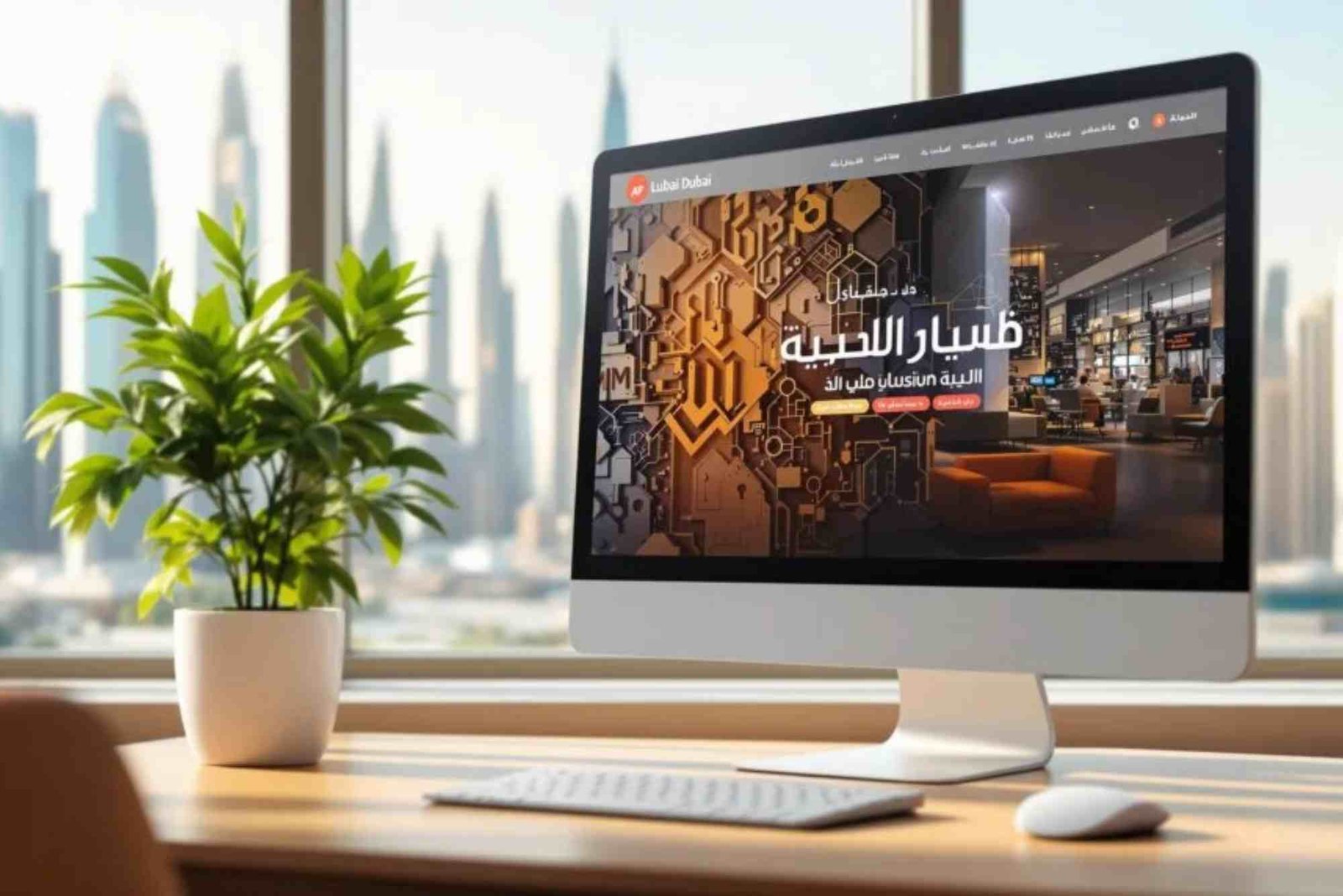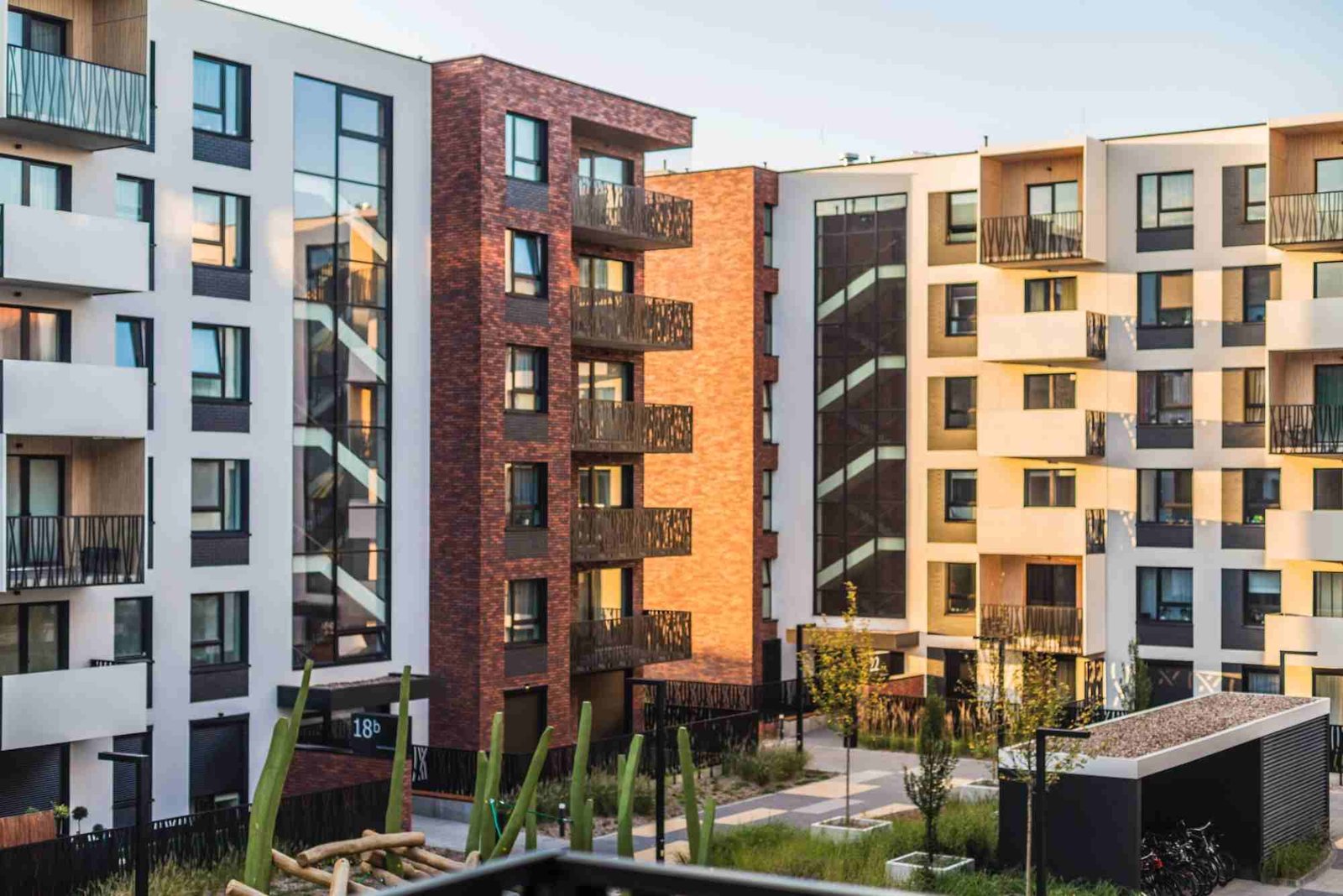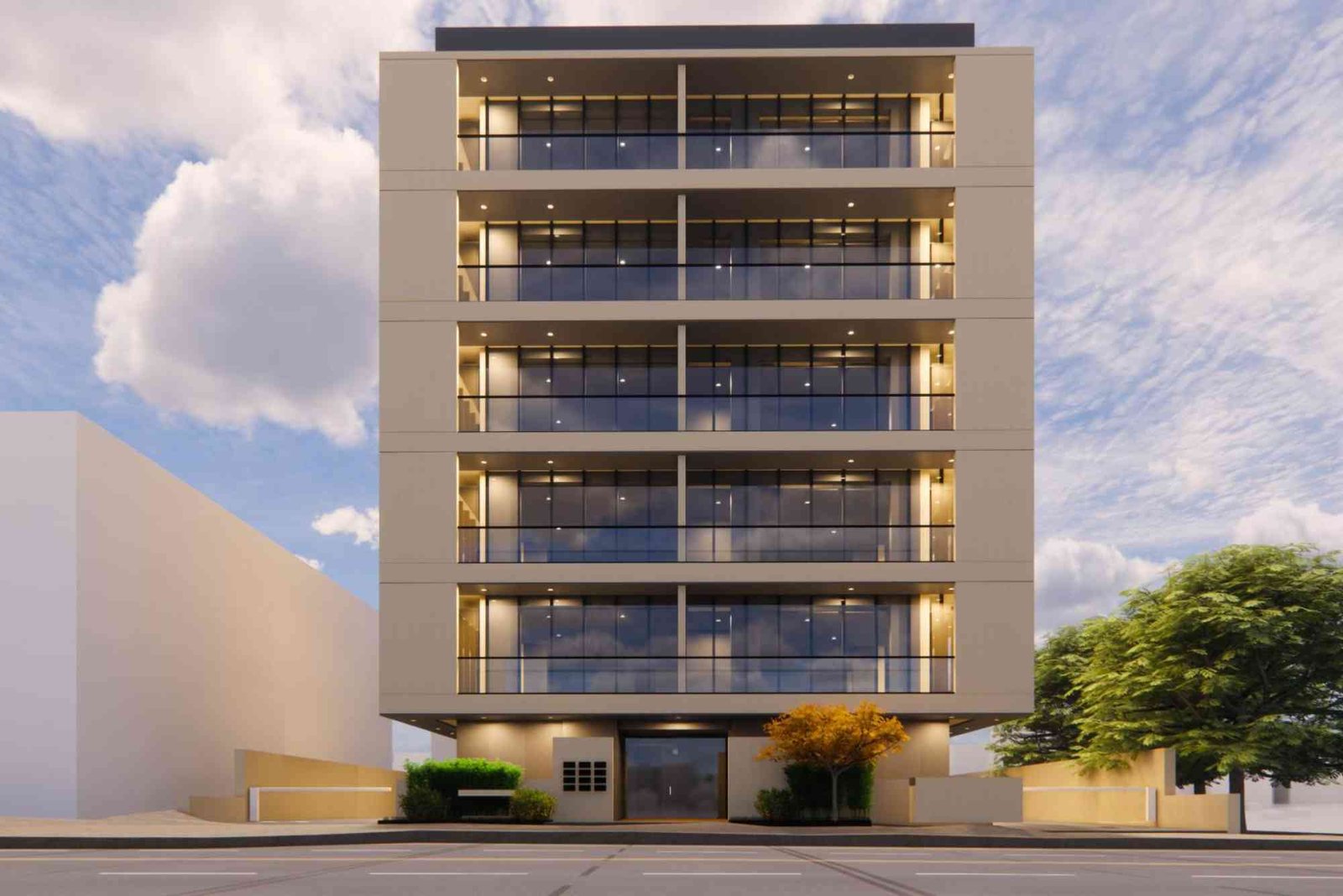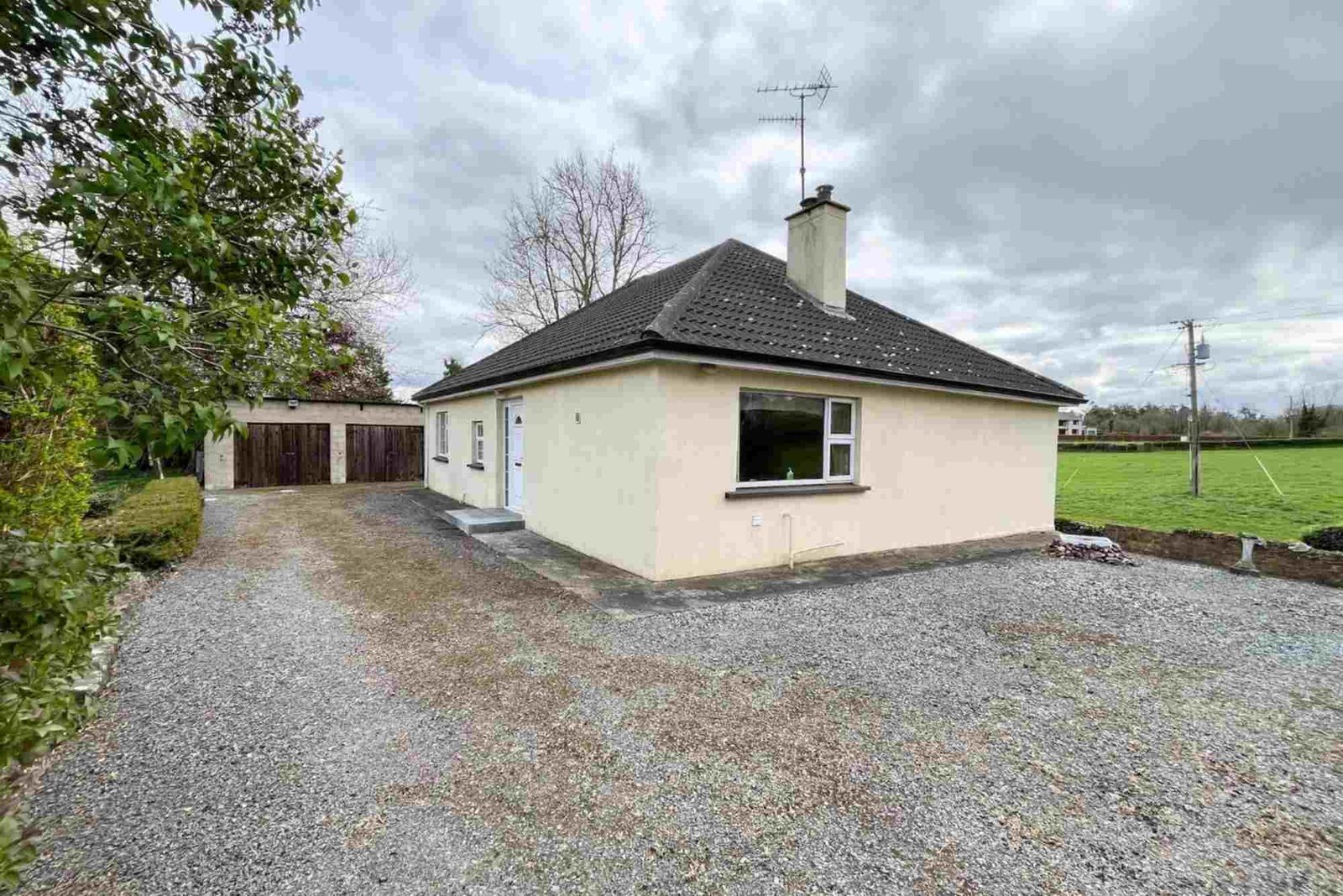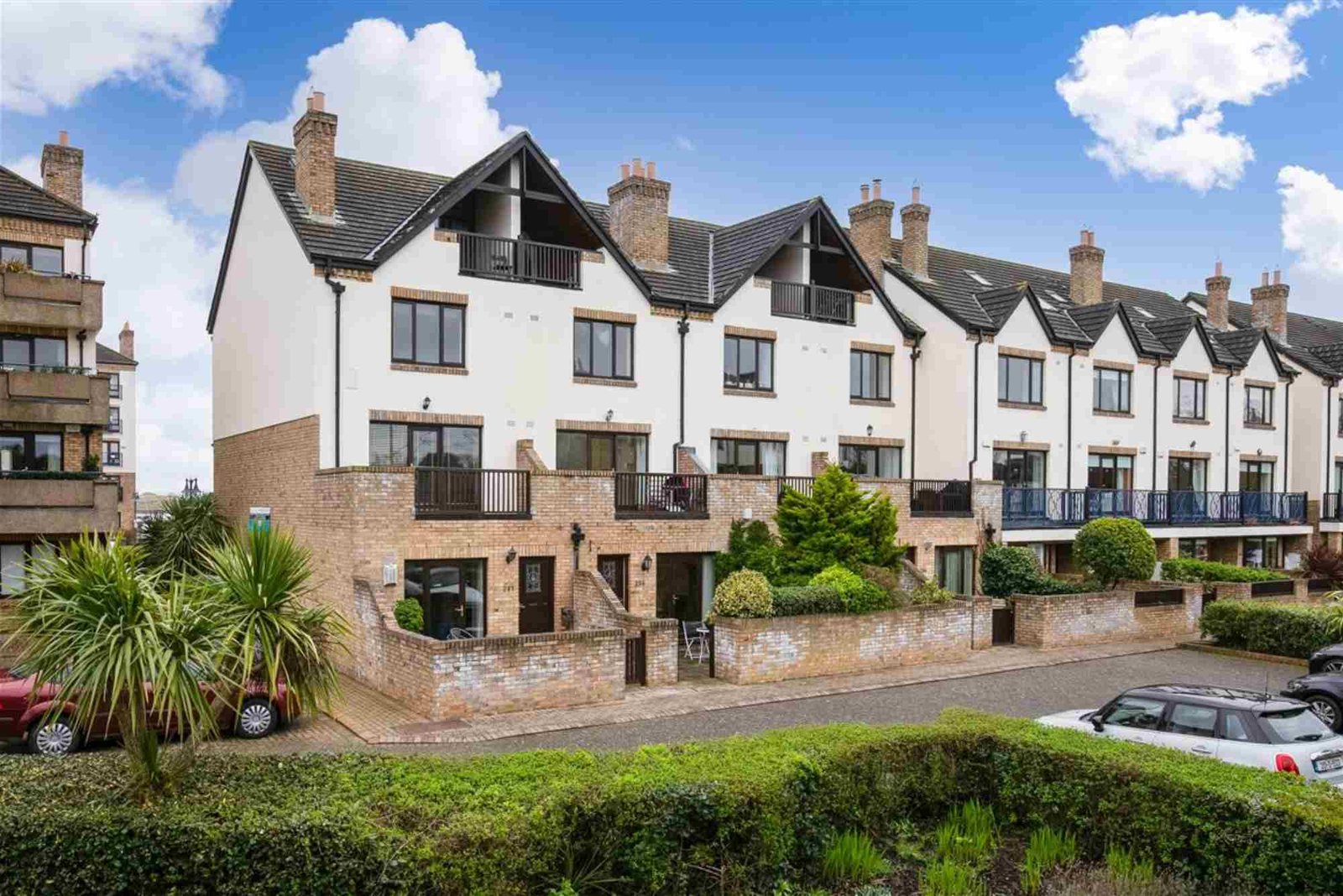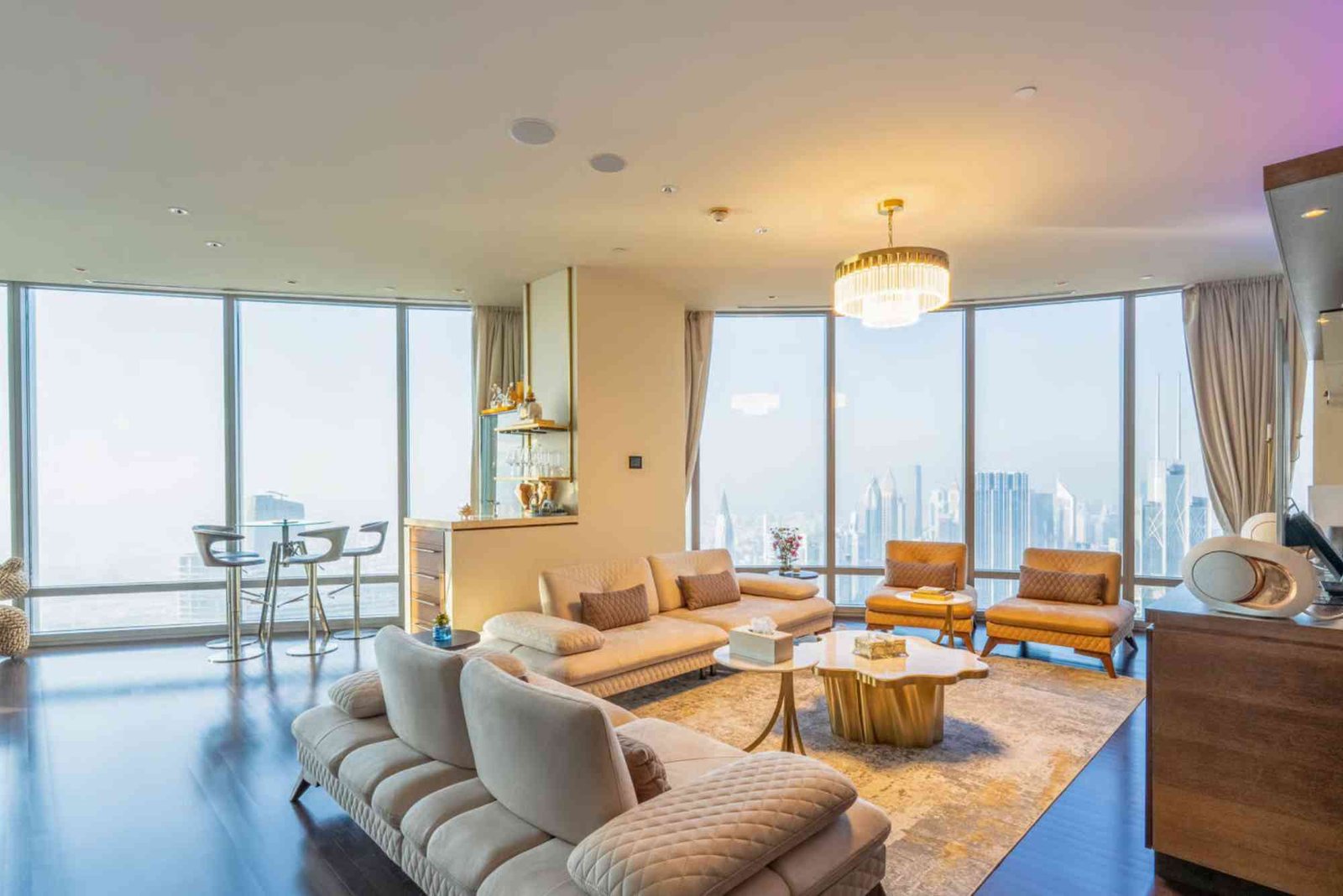Dubai is one of the most linguistically diverse cities in the world. With over 200 nationalities calling the city home, content creation here is far from a one-size-fits-all process. Whether targeting English, Arabic, Hindi, or Tagalog-speaking audiences, brands must adapt their messaging to connect authentically.
This guide explores practical strategies for writing multilingual content that resonates with Dubai’s multicultural audience while enhancing search engine visibility and brand trust.
Understanding Dubai’s Language Landscape
Quick Answer: Dubai’s main business language is English, but Arabic is the official language, and many residents speak Hindi, Urdu, and Tagalog.
A Dubai-based campaign must account for:
English: Widely used in commerce, tourism, and education.
Arabic: Vital for legal, governmental, and cultural alignment.
South Asian languages: Crucial for labor, retail, and service sectors.
Fact: According to UAE government data, over 80% of the population are Seo expert dubai , making multilingual communication a necessity for marketing success.
Defining Your Target Audience
Quick Answer: Know your readers’ primary language, culture, and content consumption habits before creating content.
Steps to define your audience:
Analyze your website traffic by country and language.
Use surveys to determine language preferences.
Map out cultural nuances that impact tone and visuals.
Example: A real estate agency in Downtown Dubai increased conversions by 27% after launching separate landing pages in English, Arabic, and Hindi.
Balancing Cultural Sensitivity and Branding
Quick Answer: Cultural respect is as important as translation accuracy.
Tips:
Avoid idioms that don’t translate well.
Adapt imagery to align with UAE cultural values.
Use respectful forms of address in Arabic.
Quote: “In Dubai, language is not just a medium—it’s a bridge between cultures,” says Ahmed Al Qassimi, Content Strategist at Ignite.
Translation vs. Transcreation
Quick Answer: Direct translation is often insufficient—cultural adaptation ensures message impact.
Translation: Word-for-word rendering.
Transcreation: Rewriting content to match cultural context, tone, and emotion.
Example: An e-commerce brand in Dubai Silicon Oasis used transcreation for its Ramadan campaigns, leading to higher engagement compared to literal translations.
Optimizing Multilingual SEO
Quick Answer: Each language version must be SEO-optimized separately for maximum reach.
Best practices:
Research keywords in each target language.
Use hreflang tags for multilingual websites.
Localize meta descriptions and headings.
Many brands hire a seo expert dubai to ensure each language version ranks well on Google UAE.
Leveraging Professional Guest Posting Services
Quick Answer: Expert outreach helps distribute multilingual content faster.
A Guest Posting Agency can secure placements in blogs across different language markets, expanding reach without compromising quality.
Case study: A fintech company in DIFC partnered with a guest posting agency to publish articles in English, Arabic, and Tagalog, resulting in a 200% traffic increase within six months.
Using UAE Government Initiatives for Inspiration
Quick Answer: Incorporating national programs builds trust and local relevance.
Relevant initiatives:
Ignite: Supports local tech and content creators.
STZA: Promotes innovation zones and global partnerships.
Dubai Future Foundation: Encourages multilingual innovation in AI and media.
Example: Ignite-funded startups often include bilingual content strategies from the start to appeal to a broader audience.
Testing and Measuring Content Effectiveness
Quick Answer: Continuous optimization ensures your content stays relevant across languages.
Measurement tips:
Track engagement metrics for each language version.
Conduct A/B tests with different headlines and CTAs.
Use social media analytics to gauge cultural resonance.
Example: A tourism board in Jumeirah discovered that Arabic-language Facebook ads had a 35% higher click-through rate during Eid compared to English versions.
Challenges in Writing for a Multilingual Market
Quick Answer: The main challenges are translation accuracy, cultural alignment, and SEO complexity.
Common hurdles:
Misinterpretation of idioms.
Technical challenges with multilingual CMS setup.
Increased costs for high-quality translation and localization.
Solution: Invest in native speakers and cultural consultants to avoid costly mistakes.
FAQs
1. Which languages are most important for content in Dubai?
English and Arabic are primary, followed by Hindi, Urdu, and Tagalog.
2. Is machine translation enough for Dubai content?
No—human oversight is essential to maintain cultural accuracy.
3. How can I manage multilingual SEO efficiently?
Use hreflang tags, local keyword research, and language-specific URLs.
4. Should I publish the same content in all languages?
No—adapt each piece for cultural and seasonal relevance.
5. How do I measure the success of multilingual content?
Track language-specific analytics and conversion rates.
6. Can one team handle all translations?
Only if it includes native speakers for each target language.
Final Thought
Having worked closely with Dubai brands, I’ve seen firsthand that multilingual content is more than a translation task—it’s a strategic investment in community engagement. Dubai’s audience values brands that respect cultural identities while delivering clear, accessible information. By blending linguistic precision with cultural intelligence—and leveraging UAE-backed innovation programs—companies can connect meaningfully with their audience.
In a city that thrives on diversity, multilingual content is not just a marketing tool—it’s a bridge to trust, loyalty, and long-term success.

